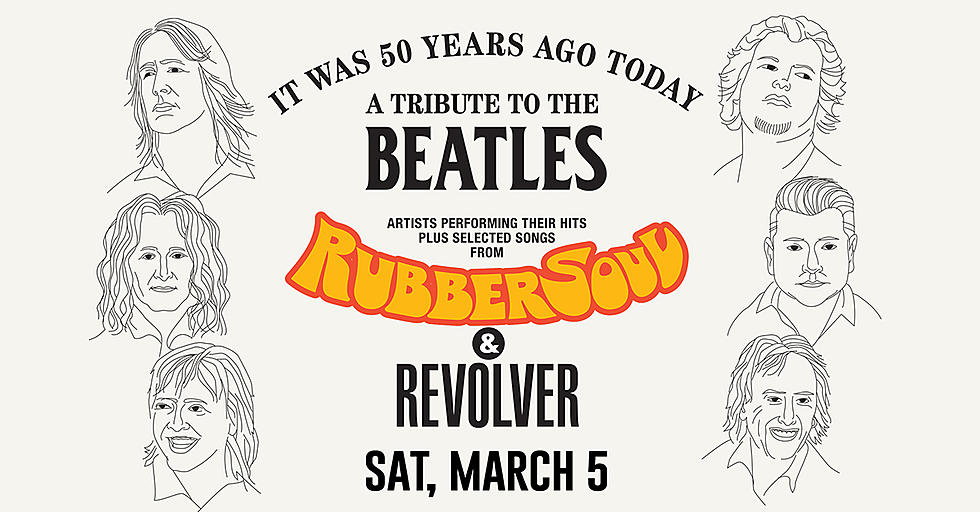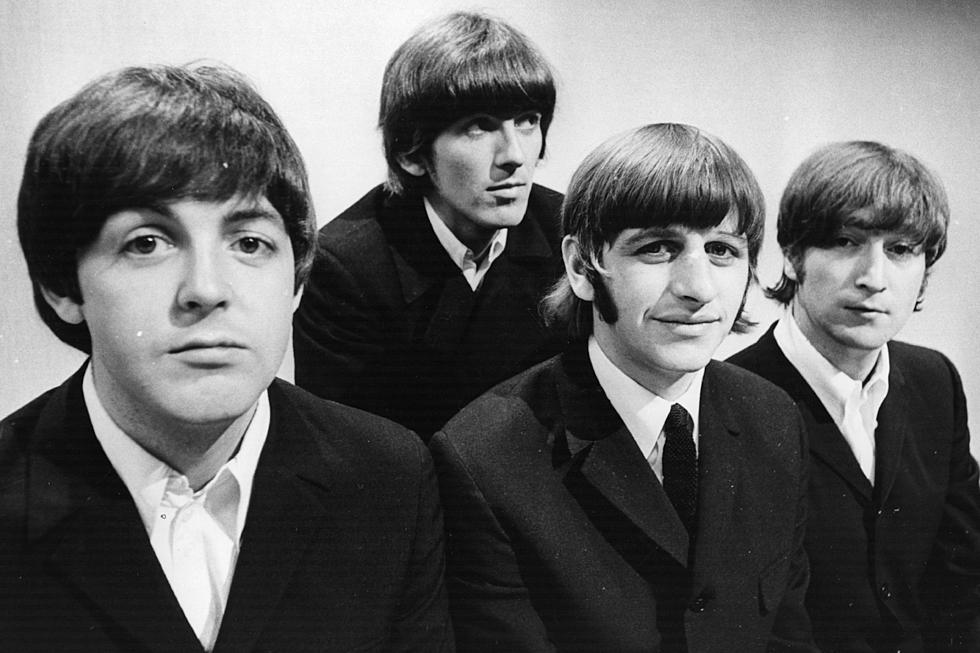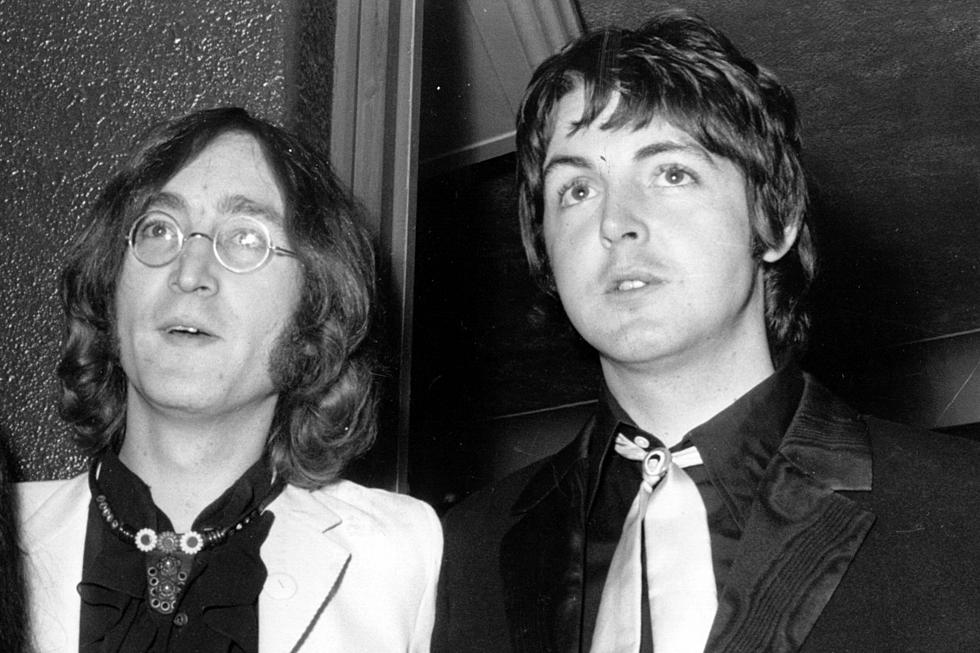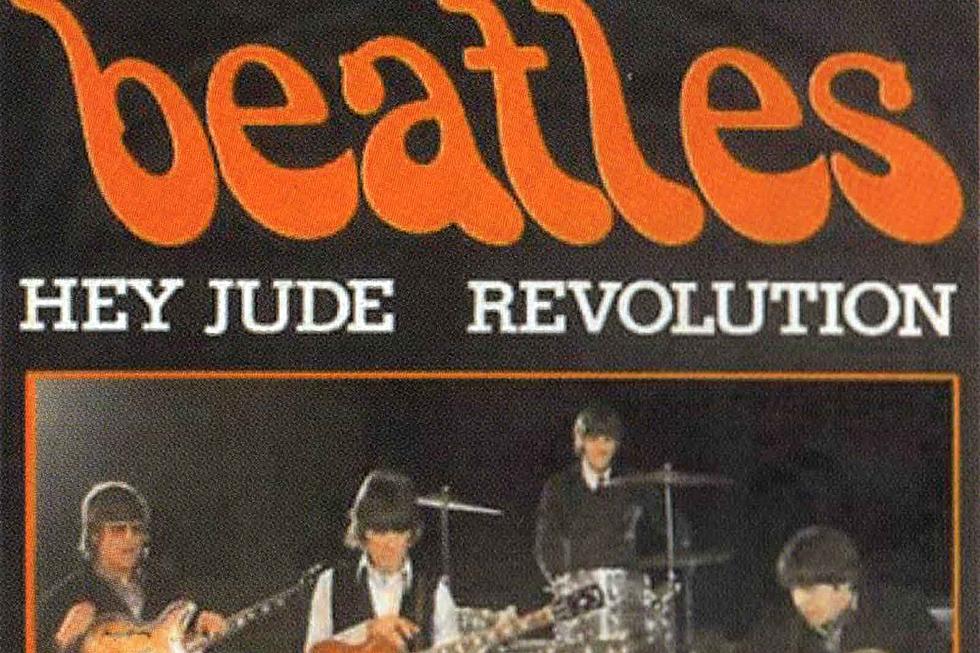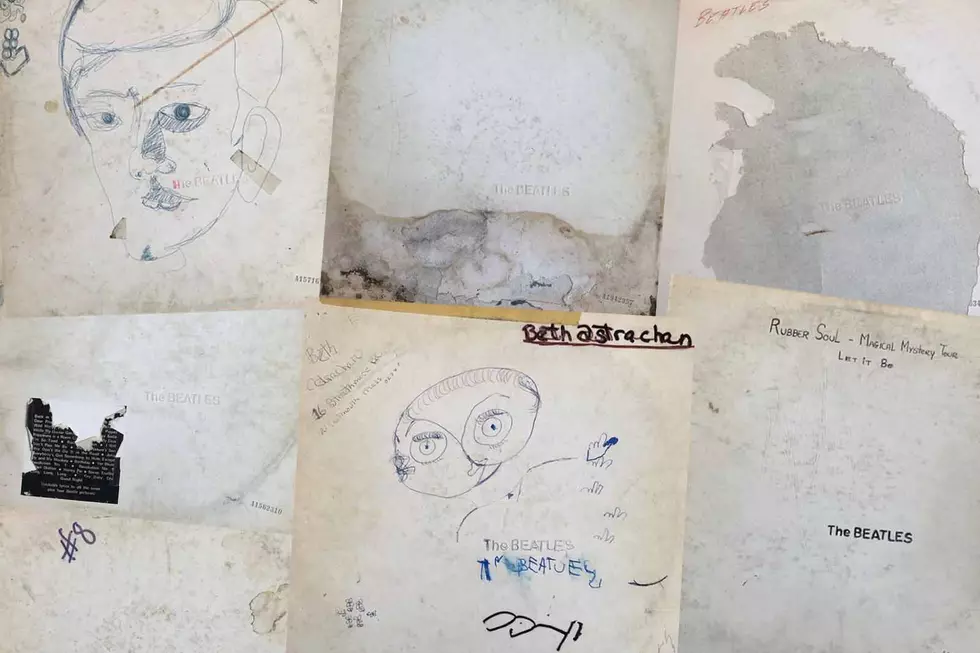
Meet the Man With More Than 3,200 Copies of the Beatles’ White Album
The stark beauty found on the cover of the Beatles' 1968 self-titled album has captivated many fans, but artist Rutherford Chang likes it when the LP's famous all-white design takes on some wear and tear.
Chang has been acquiring copies of the White Album from all over the world, in any condition, for years. He prefers first-edition copies — later pressings removed the serial number and the embossed "The Beatles" on the cover — and those that aren't in mint condition. For Chang, the more owners have decorated the bare white cover with their own artwork, the better. Various stains are okay, too.
“I was interested in the different ways that the covers aged,” he told The New York Times in 2013. “Being an all-white cover, the changes are apparent. The serial numbers made collecting them seem natural, and the more I got, the more interesting it became. As you see, many of them are written on, and each has a story. The accumulation of the stories is part of it. But it’s also about how the physical object — the record — just doesn’t exist anymore.”
In 2013, Chang displayed his collection, then at almost 700 copies, at the Recess Gallery in New York's Soho neighborhood. It was set up as a record store, with the divider cards organizing the records by serial number. But the artist used the space to buy more copies rather than sell what he'd already acquired.
While the exhibit, called "We Buy White Albums" ran only a few months, the inventory can be viewed online at his Instagram account. Chang updates it regularly and currently has more than 3,200 posts. (And when he's not collecting albums, he's likely playing Tetris — in 2016 he was the second best player in the entire world.)
The White Album's cover was created by Richard Hamilton, with instructions from Paul McCartney to go for a minimalist approach after the colorful barrage of Sgt. Pepper's Lonely Hearts Club Band. Hamilton went with an all-white cover, with only a raised "The Beatles" on a slight angle and a serial number located in the lower-right corner. The idea of individually numbering the records, Hamilton said, was “to create the ironic situation of a numbered edition of something like 5 million copies.”
"I didn’t know where it was going when I started other than that I wanted at least enough to really see the differences between them. Then it just kept going and I can’t stop," Chang told The Creative Independent in 2017. "I’m basically doing what record collectors do except focusing it on a very particular item. I understand their sickness."
The Stories Behind 16 Famous Beatles LP Covers
The Stories Behind 16 Famous Beatles LP Covers
More From Beach Radio
